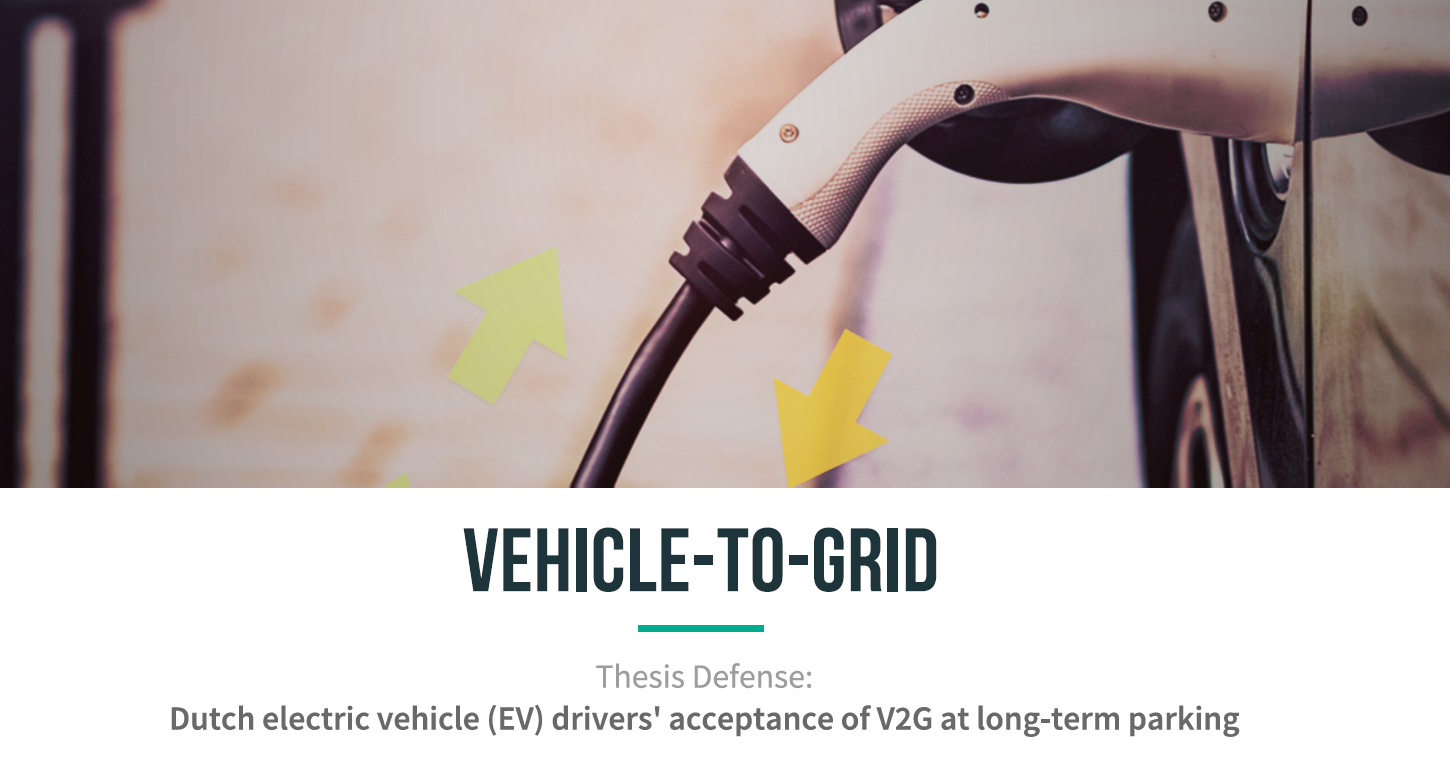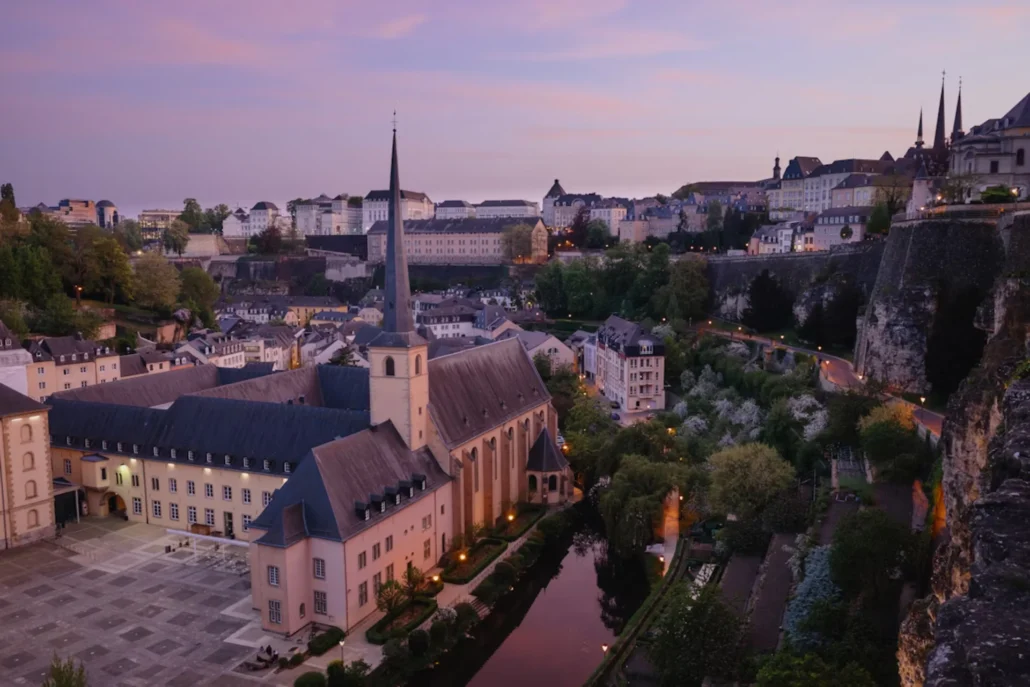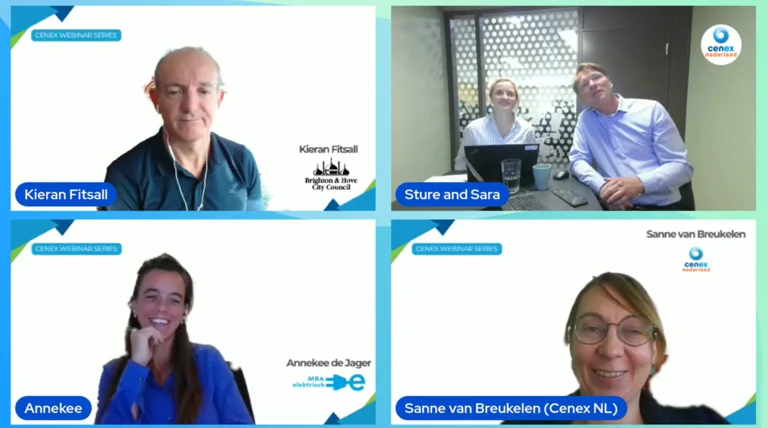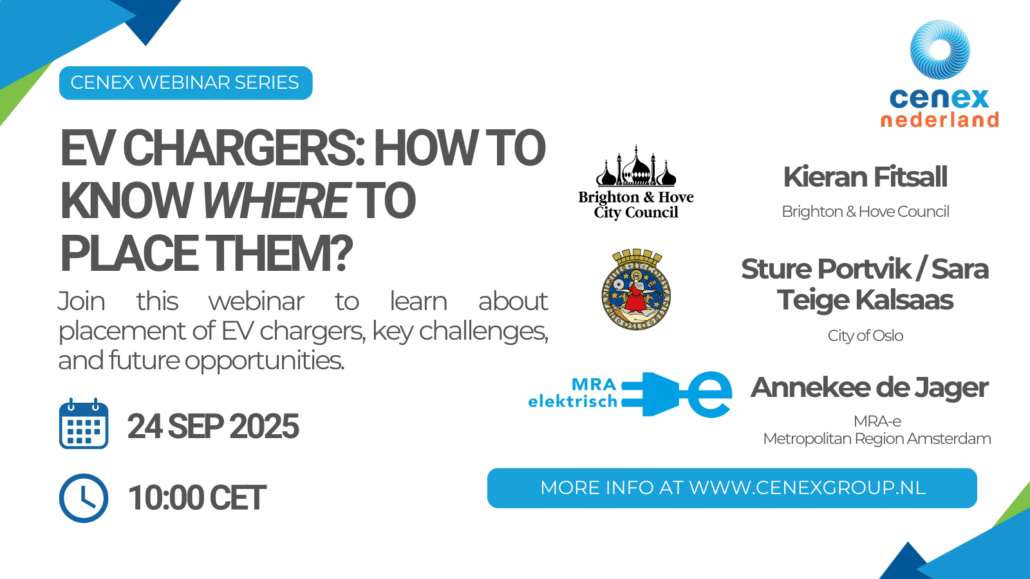[av_section min_height=” min_height_pc=’25’ min_height_px=’500px’ padding=’default’ margin=” custom_margin=’0px’ color=’main_color’ background=’bg_color’ custom_bg=” background_gradient_color1=” background_gradient_color2=” background_gradient_direction=’vertical’ src=” attach=’scroll’ position=’top left’ repeat=’no-repeat’ video=” video_ratio=’16:9′ video_mobile_disabled=” overlay_enable=” overlay_opacity=’0.5′ overlay_color=” overlay_pattern=” overlay_custom_pattern=” shadow=’no-border-styling’ bottom_border=’no-border-styling’ bottom_border_diagonal_color=’#333333′ bottom_border_diagonal_direction=’scroll’ bottom_border_style=’scroll’ scroll_down=” custom_arrow_bg=” av-desktop-hide=” av-medium-hide=” av-small-hide=” av-mini-hide=” id=” custom_class=” aria_label=” av_element_hidden_in_editor=’0′ av_uid=”]
[av_one_half first min_height=” vertical_alignment=” space=” row_boxshadow=” row_boxshadow_color=” row_boxshadow_width=’10’ custom_margin=” margin=’0px’ mobile_breaking=” border=” border_color=” radius=’0px’ padding=’0px’ column_boxshadow=” column_boxshadow_color=” column_boxshadow_width=’10’ background=’bg_color’ background_color=” background_gradient_color1=” background_gradient_color2=” background_gradient_direction=’vertical’ src=” background_position=’top left’ background_repeat=’no-repeat’ highlight=” highlight_size=” animation=” link=” linktarget=” link_hover=” title_attr=” alt_attr=” mobile_display=” id=” custom_class=” aria_label=” av_uid=’av-7rcuak’]
[av_heading heading=’Publication: Dutch EV drivers’ acceptance of vehicle-to-grid (V2G) at long-term parking – A Master Thesis by Koen van Heuveln ‘ tag=’h3′ link=” link_target=” style=” size=” subheading_active=” subheading_size=” margin=” padding=’10’ color=” custom_font=” custom_class=” id=” admin_preview_bg=” av-desktop-hide=” av-medium-hide=” av-small-hide=” av-mini-hide=” av-medium-font-size-title=” av-small-font-size-title=” av-mini-font-size-title=” av-medium-font-size=” av-small-font-size=” av-mini-font-size=”][/av_heading]
[av_hr class=’custom’ icon_select=’no’ icon=’ue808′ font=’entypo-fontello’ position=’left’ shadow=’no-shadow’ height=’50’ custom_border=’av-border-thin’ custom_width=’50px’ custom_margin_top=’30px’ custom_margin_bottom=’30px’ custom_border_color=’#0a0a0a’ custom_icon_color=” id=” custom_class=” av_uid=’av-3jog7w’ admin_preview_bg=”]
[av_textblock size=” av-medium-font-size=” av-small-font-size=” av-mini-font-size=” font_color=” color=” id=” custom_class=” av_uid=’av-2zz03g’ admin_preview_bg=”]
The concept of Vehicle-2-Grid is still a relative new technology innovation. Several projects and pilots have been done or are ongoing, both in the Netherlands and in other countries to understand how the technology performs and how it interacts with other components, such as PV on the roof and static storage batteries. But ever wonder what EV drivers know and think of V2G?
Now that the technology is emerging from the proof of concept stage, its success is ultimately determined by the extent to which it is adopted, that includes the people driving electric vehicles.
At Cenex Nederland we are working on several initiatives aimed at getting to the bottom of this and understanding the role EV-drivers play, particularly relating to Smart Charging and Vehicle-2-Grid.

The latter was of particular interest for Koen van Heuveln, Management of Technology student at TU Delft looking to do is Thesis. For all the (technical) potential that V2G can bring, he also noticed the minimal attention and inclusion of consumers (EV-drivers) in V2G initiatives to date, Koen defined his Thesis research question as:
“To what extent do Dutch EV drivers accept V2G at long-term parking?”
So what are some of the key messages from Koen’s research? The more familiar the EV-driver was/became with how V2G works, the bigger their willingness to participate, and not just in long-term parking situations. Their motivations range from being compensated to knowing they are contributing to solutions for societal challenges. Clear bi-directional communication is key, as is a relatively smooth integration with their ‘normal’ (EV) use pattern.
It has been a pleasure to work with Koen on this topic. As was collaboration with TU Delft and Rishabh Ghotge (PowerParking project). You can download Koen’s thesis via the download button or browse through it on your left. And it is also available at the TU Delft’s respository here.
With additional thanks to Interreg NSR’s SEEV4-City project and its partners.
[/av_textblock]
[/av_one_half][av_one_half min_height=” vertical_alignment=” space=” row_boxshadow=” row_boxshadow_color=” row_boxshadow_width=’10’ custom_margin=” margin=’0px’ mobile_breaking=” border=” border_color=” radius=’0px’ padding=’0px’ column_boxshadow=” column_boxshadow_color=” column_boxshadow_width=’10’ background=’bg_color’ background_color=” background_gradient_color1=” background_gradient_color2=” background_gradient_direction=’vertical’ src=” background_position=’top left’ background_repeat=’no-repeat’ highlight=” highlight_size=” animation=” link=” linktarget=” link_hover=” title_attr=” alt_attr=” mobile_display=” id=” custom_class=” aria_label=” av_uid=’av-ufxp8′]
[av_textblock size=” av-medium-font-size=” av-small-font-size=” av-mini-font-size=” font_color=” color=” id=” custom_class=” av_uid=’av-k73ai6bw’ admin_preview_bg=”]
[pdf-embedder url=”https://cenexgroup.nl/wp-content/uploads/2020/02/MSc-Thesis-Koen-van-Heuveln-4180860.pdf”]
[/av_textblock]
[av_hr class=’invisible’ icon_select=’yes’ icon=’ue808′ font=’entypo-fontello’ position=’center’ shadow=’no-shadow’ height=’10’ custom_border=’av-border-thin’ custom_width=’50px’ custom_margin_top=’30px’ custom_margin_bottom=’30px’ custom_border_color=” custom_icon_color=” id=” custom_class=” av_uid=’av-k7adv482′ admin_preview_bg=”]
[av_button label=’Download Thesis’ icon_select=’no’ icon=’ue800′ font=’entypo-fontello’ size=’large’ position=’center’ label_display=” title_attr=” color=’theme-color’ custom_bg=’#444444′ custom_font=’#ffffff’ link=’manually,https://cenexgroup.nl/download/2278/’ link_target=’_blank’ id=” custom_class=” av_uid=’av-k7urtrq6′ admin_preview_bg=”]
[av_hr class=’invisible’ icon_select=’yes’ icon=’ue808′ font=’entypo-fontello’ position=’center’ shadow=’no-shadow’ height=’40’ custom_border=’av-border-thin’ custom_width=’50px’ custom_margin_top=’30px’ custom_margin_bottom=’30px’ custom_border_color=” custom_icon_color=” id=” custom_class=” av_uid=’av-k7adv482′ admin_preview_bg=”]
[av_codeblock wrapper_element=” wrapper_element_attributes=” codeblock_type=” alb_description=” id=” custom_class=” av_uid=’av-kcorarqe’]
[/av_codeblock]
[/av_one_half][/av_section][av_social_share title=’Share this entry’ buttons=’custom’ share_twitter=’aviaTBshare_twitter’ share_whatsapp=’aviaTBshare_whatsapp’ share_linkedin=’aviaTBshare_linkedin’ share_mail=’aviaTBshare_mail’ yelp_link=’https://www.yelp.com’ style=” alb_description=” id=” custom_class=” av_uid=’av-kcorb1x8′ admin_preview_bg=”]






